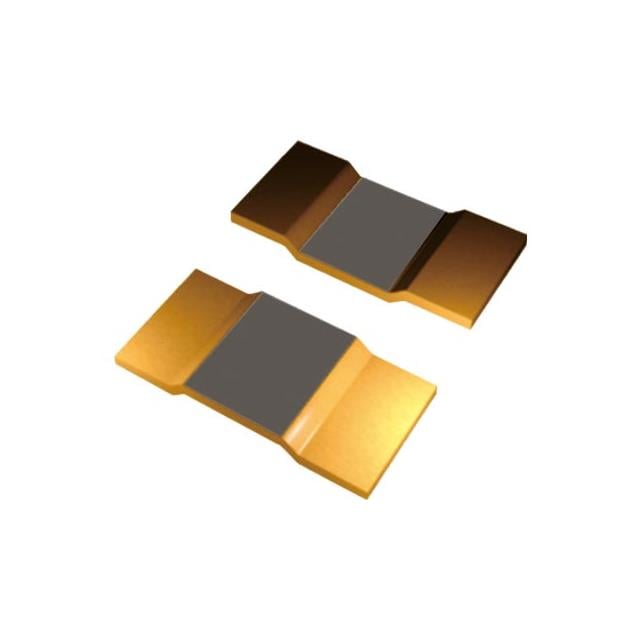PEWM3920 Series, Chip Resistor - Surface Mount
Results:
6
Manufacturer
Series
Resistance
Height - Seated (Max)
Power (Watts)
Operating Temperature
Tolerance
Features
Composition
Size / Dimension
Temperature Coefficient
Supplier Device Package
Ratings
Package / Case
Number of Terminations
Failure Rate
Results remaining:6
Applied Filters:
PEWM3920
About Chip Resistor - Surface Mount
Resistors are passive electronic components that impede the flow of electric current, and their resistance is directly proportional to the voltage applied across them. Ideally, resistors maintain a consistent resistance value regardless of signal frequency or changes in temperature. Surface mount chip resistors are a specific type of resistor that is designed to be mounted directly onto the surface of a printed circuit board (PCB). These resistors are compact in size and typically incorporate a single resistor within each device package. The surface mount design eliminates the need for leads or wires, simplifying the assembly process and saving space on the PCB. Surface mount chip resistors are commonly used in various electronic applications where space is limited or when automated assembly processes are employed. They are widely used in consumer electronics, telecommunications devices, computers, automotive electronics, and many other electronic systems. By being mounted directly on the PCB surface, surface mount chip resistors facilitate efficient circuit board layout and allow for high-density circuit designs. This type of resistor offers excellent electrical performance and reliability, making it a popular choice in modern electronic designs. In summary, surface mount chip resistors are compact electronic components that can be directly attached to the surface of a PCB. They provide a single resistor per device package and are commonly used in applications where space-saving and high-density circuit designs are required. These resistors offer reliable and consistent performance across different signal frequencies and temperature variations.






